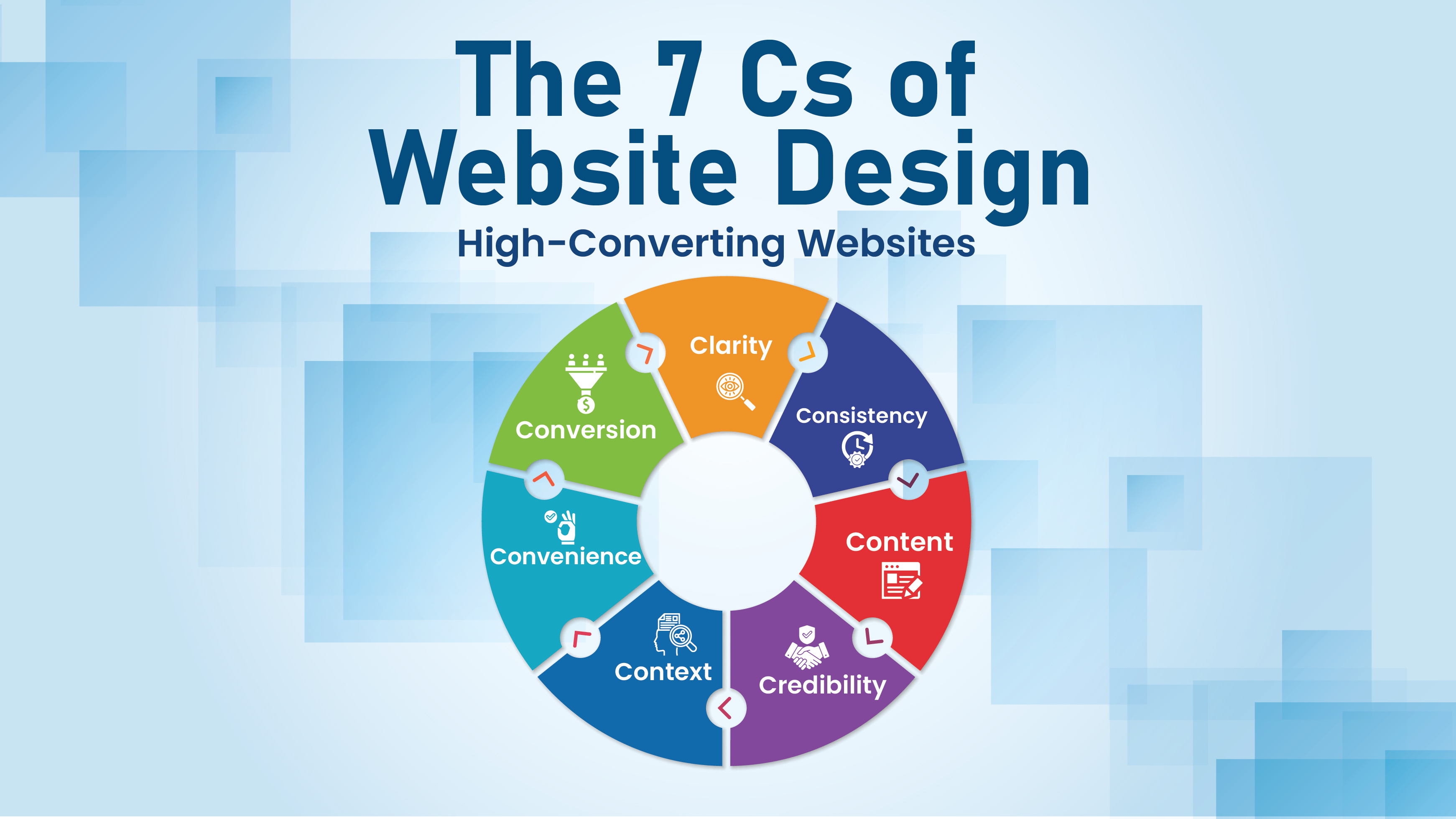Introduction
In today's digital world, having a user-friendly website is pivotal for any business that wants to stay competitive and attract customers as it’s easy to navigate, visually appealing, and provides a positive user experience. A well-designed and developed website can help you not only increase your online presence but also enhance the user experience and boost conversion rates.
However, creating a user-friendly website is not an easy task, especially if you lack experience or knowledge in web design and development but our experts at Appdid will guide you through the essential design and development tips that can help you make your website more engaging and achieve your business goals.
Why is a user-friendly website important?
When it comes to user-friendliness, a few tricks can bring you one step closer to having an ideal customer experience and tehese
-
Enhances user experience: It makes it easier for users to navigate, find information, and complete tasks, resulting in a positive user experience.
-
Increases engagement and conversion rates: It can increase user engagement and lead to higher conversion rates, resulting in more sales, leads, or subscriptions.
-
Improves SEO: Improved user-friendliness and relevant, valuable content are more likely to rank high in search engine results pages (SERPs), which increases organic traffic.
-
Builds trust and credibility: A well-designed website with a professional appearance and intuitive navigation can enhance your brand's credibility and build trust with users.
-
Enhances accessibility: A user-friendly website is accessible to a wider range of users, including those with disabilities, who may require assistive technologies to access and use websites.the
Our team of expert web developers can assist you in the design and development of a website that will encourage visitors to click on it repeatedly and increase conversion rates leading to your business growth.
Factors to consider when designing a user-friendly website
When designing a website, there are many factors to consider: what your visitors will see on your homepage, the overall aesthetic of the site, how much information is presented, and how. Every decision you make when it comes to design affects whether or not you'll have a successful user experience (UX) with your website.
-
Clear and intuitive navigation: Navigation on the website should be simple to understand and use, with clear labeling and organization.
-
Responsive design: It should be accessible and easy to use on different devices, including desktops, tablets, and smartphones.
-
Fast loading times: The website's loading times should be quick to guarantee a good user experience and prevent user annoyance.
-
Consistent branding: Its design should be consistent with the brand's identity and message, creating a cohesive user experience.
-
User-centered design: The website should be designed with the user's needs and preferences in mind, providing relevant and valuable content, engaging visuals, and easy-to-use forms and calls to action.
-
Accessibility: It should be accessible to all users, including those with disabilities, ensuring that all users can access and use the website's content.
-
Visual appeal: The website should have a visually appealing and engaging design that will entice visitors and keep them there longer.
-
SEO Optimized: The website's content and architecture should be search engine optimized (SEO), ensuring that it ranks highly in search engine results pages (SERPs) and draws in organic traffic.
By taking these considerations into account, you can create a user-friendly website that offers a positive user experience, satisfies your business objectives, and strengthens your brand.
Guidelines for Development
If you are thinking of starting a website, here are some development tips that can improve the user experience on your site.
-
Choose the right platform: Choose a platform that meets your website's needs, such as a content management system (CMS) or an e-commerce platform.
-
Use clean code: Use clean, organized, and valid code to ensure the website is accessible and easy to maintain.
-
Optimize for speed: Optimize the website for fast loading times, compress images and videos, minimize HTTP requests, and use caching.
-
Ensure security: Protect the website from security threats by using secure hosting, implementing SSL encryption, and keeping software up to date.
-
Test for usability: Test the website for usability to ensure it is easy to use, navigate, and understand.
-
Mobile responsiveness: Ensure the website is responsive and accessible on different devices, including desktops, tablets, and smartphones.
-
Implement SEO best practices: Use SEO best practices to optimize the website's content and structure for search engines.
-
Use analytics: Use analytics tools to track user behavior and identify areas for improvement.
By following these guidelines, you can have a well-designed and developed website that is secure, accessible, and user-friendly leading to positive user experience and helping your business succeed online.
Testing your website
A user-friendly website requires testing to identify any usability issues, design flaws, or technical problems that may impact the user experience, which is crucial when developing a user-friendly website.
There are several types of testing that can be conducted to ensure a user-friendly website:
-
Usability testing: This involves observing users as they interact with the website, and providing feedback on its usability, navigation, and design.
-
A/B testing: This involves testing two or more versions of the website to determine which one performs better in terms of engagement, conversion rates, or other metrics.
-
Accessibility testing: This involves testing the website's accessibility features to ensure it can be used by people with disabilities, including those who use assistive technologies.
-
Performance testing: This involves testing the website's performance under various conditions, such as high traffic or slow internet speeds.
Testing can help you create a website that is user-friendly, accessible, and engaging, leading to higher engagement, more conversions, and overall success. Our team can assist you in achieving effective user-friendly website development that meets the needs and preferences of your users through thorough website testing.
Conclusion
Having an ideal customer experience can be achieved with a few tricks, and if your current website is difficult for customers to navigate or if your search engine rankings have dropped, it's time for an upgrade. Appdid works with clients from all industries to create high-performing websites that improve the user experience and increase conversion rates. If you want a well-designed and developed website for your company, contact us right away!










